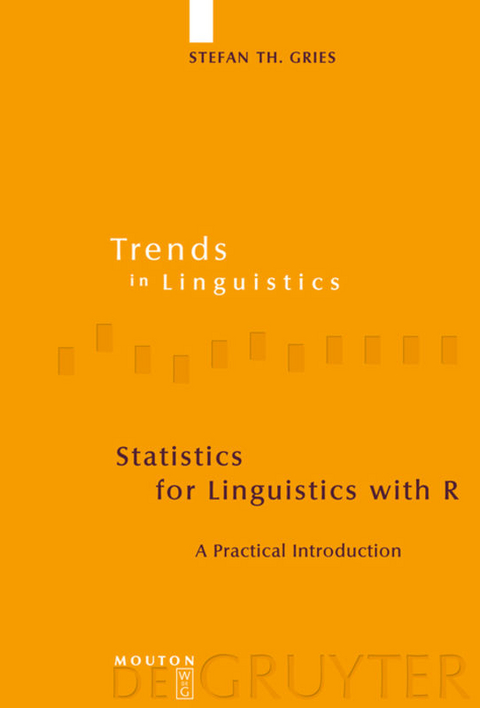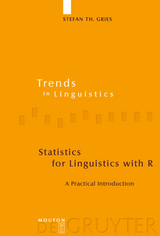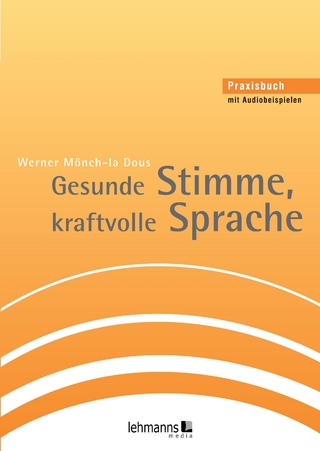Statistics for Linguistics with R
de Gruyter Mouton (Verlag)
978-3-11-020564-0 (ISBN)
Stefan Th. Gries, University of California, Santa Barbara, USA.
"Gries has diligently compiled a work of great use and interest. It is relevantabove all to linguistic students and researchers, and can readily act as atextbook for taught courses. It should be noted that the book is equally usefulas a reference guide, with the analysis scenarios sufficiently well labelled andorganized so that the reader can dip into it as and when necessary, or as acomplete set of exercises which the reader can work through section by section."Andrew Caines in: Linguist List 22.412
"Gries has diligently compiled a work of great use and interest. It is relevant
above all to linguistic students and researchers, and can readily act as a
textbook for taught courses. It should be noted that the book is equally useful
as a reference guide, with the analysis scenarios sufficiently well labelled and
organized so that the reader can dip into it as and when necessary, or as a
complete set of exercises which the reader can work through section by section."
Andrew Caines in: Linguist List 22.412
| Erscheint lt. Verlag | 11.12.2009 |
|---|---|
| Reihe/Serie | Trends in Linguistics. Studies and Monographs [TiLSM] ; 208 |
| Verlagsort | Berlin/Boston |
| Sprache | englisch |
| Maße | 155 x 230 mm |
| Gewicht | 626 g |
| Themenwelt | Geisteswissenschaften ► Sprach- / Literaturwissenschaft ► Sprachwissenschaft |
| Schlagworte | Corpus Linguistics • Corpus Linguistics; Statistic Analysis; Linguistic Data • Hardcover, Softcover / Allgemeine und Vergleichende Sprachwissenschaft • Korpuslinguistik • Linguistic Data • Linguistik • Linguistische Datenverarbeitung • statistic analysis • Statistik • Statistische Analyse |
| ISBN-10 | 3-11-020564-5 / 3110205645 |
| ISBN-13 | 978-3-11-020564-0 / 9783110205640 |
| Zustand | Neuware |
| Informationen gemäß Produktsicherheitsverordnung (GPSR) | |
| Haben Sie eine Frage zum Produkt? |
aus dem Bereich




